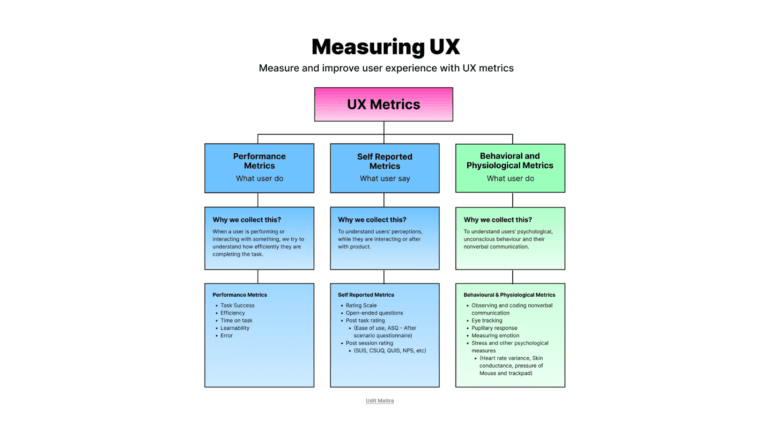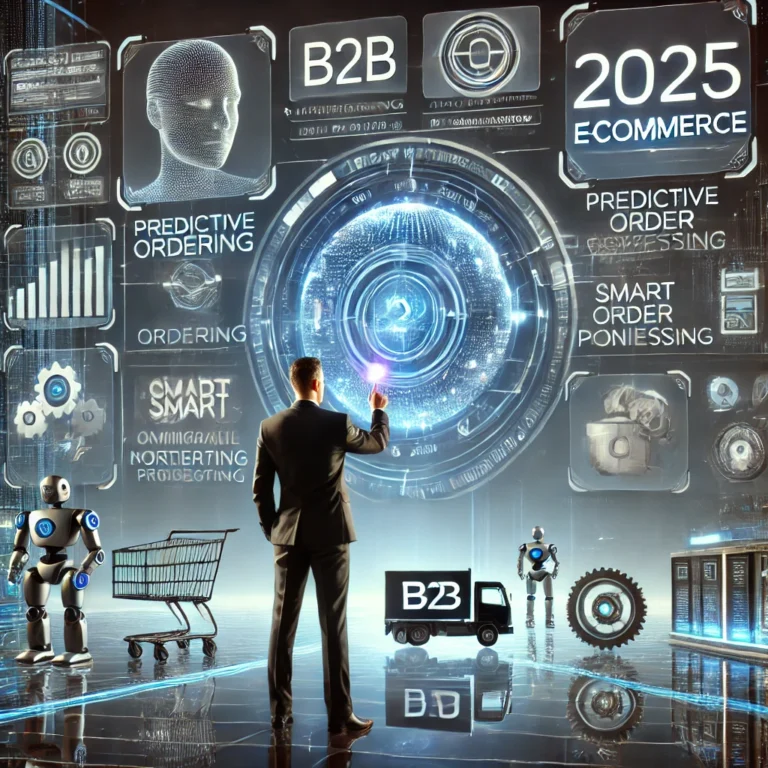Businesses globally have been steadily shifting to digital as early as a decade ago. With the coronavirus pandemic happening, the digital transformation has now shifted into fifth gear. Digital experience is the key to business success. As of 2020, there were almost 30 billion end users that’s connected to the internet. Digital revenue has increased dramatically and digital will surely drive retail sales up. With the dependency of most users in digital, there arises a need to focus on the digital experience of the end-user.
Digital Experience Monitoring (DEM) is the culmination of Application Performance Monitoring (APM) and Network Performance Monitoring (NPM). APM is not new, it has been around for more than a decade. In a typical data center where all the applications are located, most of the applications follow the service oriented architecture. APM gives the customers a look at how healthy the physical servers, the web servers, the business logic tiers, and the database query are.
On the other hand, NPM provides visibility into the quality of a network. NPM tools consume data from multiple sources and they use the information to build a picture of the network. Reports that NPM tools provide are traffic data from website to website, traffic density data, peak times, interface errors, bandwidth utilization, to name a few.
Importance of Digital Experience Monitoring
With APM and NPM tools available, there is an assumption that the customers of a business will be self-sufficient. Unfortunately, this is not the case as IT tickets are still being submitted a lot. Enterprise solutions are having a hard time fixing redundant issues. End-user experience is still very inconsistent. These gaps need to be addressed and Digital Experience Monitoring is a ready solution to fill-in those gaps.
DEM is such a powerful tool as it is able to quantify the end-user experience as KPI’s. This feature is not something APM and NPM can do. Some data that can be retrieved from a DEM tool are the users where the traffic is originating from, user id, device that was used. The amount of data that can be mined by a DEM tool with respect to end-user experience is really vast.
Digital Experience Monitoring solutions are extremely valuable to a company so their IT admins can get that end-user visibility in one user interface across application, security, and network services.
Benefits of Digital Enterprise Monitoring
Adjustment to Decentralization of Experiences
There are numerous businesses who are now employing a work from home setup. With this being the case, users and employees can now have experiences wherever they choose to work and whatever device they use.
Using a DEM solution can bring all user experiences in one place and assess them there altogether. Whether the user is an employee looking to login to their social channels on their mobile, or a customer looking to add to cart to purchase something on their laptop.
Compliment Current Tools Used
As we’ve stated above, DEM is the culmination of both APM and NPM. Combining all of these tools can show your business the bigger picture and not only a portion of it.
Using all of these tools combined will give the business a deep dive on the end-user experience. This gives them the opportunity to be proactive in terms of customer satisfaction and position the business to success.
Learn More About Your Customers
In any business, knowing how your customers think is an advantage that’s unparalleled. Using DEM solutions to monitor the experiences of users will help the business understand end-user experiences and adapt to situations better.
DEM can help pinpoint problems that’s hindering performance and help the business know how to achieve the ultimate customer experience.
See Problems Faster
Using DEM can help the company isolate problems that’s affecting performance more easily. Having a user-centric view of what’s going on, it’s easy to identify which ones are performing in a sub-standard manner. It is recommended to make sure performance problems with a direct impact to your bottom-line should be prioritized. Examples of this are checking out problems, add to cart problems, poor mobile page, etc.
According to KTVN news, the DEM software market is expected to rise exponentially in the next five years. Customers expect high quality experience at every level – mobile, web or social pages. With DEM, you are assured of getting performance data and the ability to adapt to any problems that may arise from your company.
With the metrics available via DEM, companies are able to put away issues just as it’s starting that may have a negative connotation on the customers and the company.
Digital Experience Monitoring Strategies

Implementing strategies on how to properly operate your DEM solutions in your organization should be on your list of things-to-do.
Prioritize and Categorize
A strategy to employ when the user-experiences start to trickle in is to prioritize and categorize. There is always the possibility that the person in charge will be overwhelmed with the number of end-user experiences. To avoid that from happening, make sure to set priority levels: Highest, High, Medium, Low, Lowest.
In addition to prioritizing, make sure you put them in different categories. DEM subcategories include: real user monitoring (RUM), endpoint monitoring (EP), and synthetic transaction monitoring (STM). These three categories differ in the type of information collected from them and the use cases they are supporting.
Proper Assigning of Experience Monitoring
Make sure to properly organize who owns which portion of the digital experience monitoring. There are times where there’s confusion as to who owns a certain digital experience for a company. It must be clear who owns the digital experience to make sure that the experience is productive for the customer.
Onboarding
To fully integrate DEM into your company or business, employees must be onboard with it. Onboarding doesn’t only mean the employees but also the technology. Make sure the employees of your company are onboard with the new technology that you’re making them use.
Innovation
Lastly, we want to think of how we want to improve the experience overall for the users. Some important questions to ask yourselves when innovating is, “What processes do I need to change? Do I need to change them?”, “Who should be in charge?”
Delivering and managing end-user experience is difficult due to the quick nature of the transformation to digital. Make sure these strategies are employed to get a grasp on the experience monitoring realm.
Evolution of Digital Experience Monitoring
Companies understand the importance of the relationship between customer and employee at the technological level. There’s usually a cause and effect relationship between these two. A POS breaking down will make customers wait longer than usual. A worse scenario is the customer won’t continue their purchase anymore. That was the effect of the cashier not having the ability to punch orders since the POS was down.
IT can easily fix this problem before but new technology will need a new approach. This is where DEM comes in. The coronavirus pandemic has shown that some organizations cannot give a good employee experience due to lack of access to company applications. Using DEM will change a company’s IT perspective and will have a better outcome on employee and customer experiences.
What is Digital Experience and Digital Customer Experience

The main difference between digital experience and digital customer experience is the number of interactions within an organization. Digital experiences are singular while digital customer experience is all digital interactions by a person in an organization.
Examples of what companies look to improve in their customer digital experience are mobile design, mobile responsiveness, improved user interface, chat bots, social media, and many more. When companies talk about digital customer experiences, they put themselves in the shoes of the customer and understand the impact from their point of view.
Conclusion
We are living in a world where everything is transforming digitally. Whenever we open tech news sites, we see new innovation that disrupts the flow for traditional companies. Remember when Shopify disrupted the retail industry?
In this new digital world, bad employee or customer experiences spell doom for the company. Monitoring everything that affects a user’s digital experience is now considered a priority for most companies. To be effective, it is important to monitor everything and everywhere.
Digital Experience Monitoring collects important data from every point in the applications and goes to the endpoints of customers and employees. This will help companies see problems as they arise before customers are impacted. As data is gathered, insights will be given to help customers and employees have the best digital experience possible.




